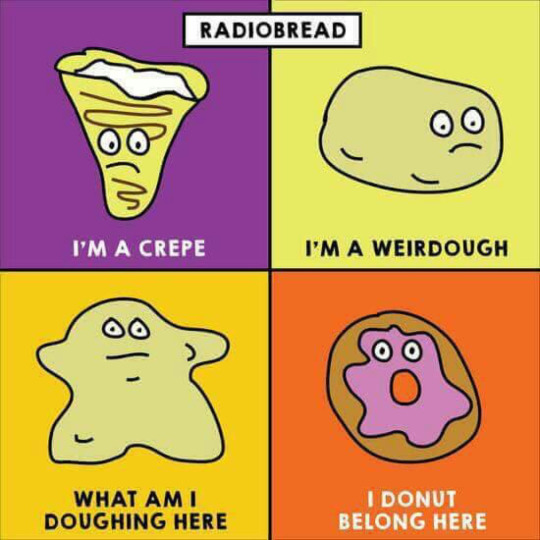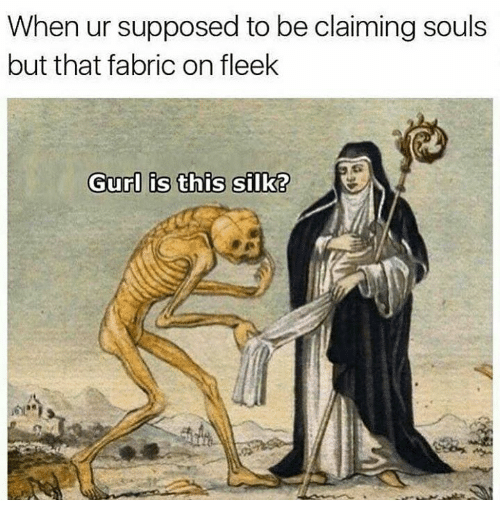A contemporary art space operated by and for the youth, Meme Regime was masterminded by psychology graduate and self-proclaimed Reddit addict, Anuj Nakade (21). After a conversation with TIFA founder Trishla Talera and a group of American anthropologists who have been questioning the ‘why and ‘how’ of memes, Nakade—who is the the budding ‘meme lord’ running @mutualfundmemes—was urged to explore what makes a meme relevant and relatable as an art form.
The event organiser Nakade gave attendees a curated tour through the maze of memes, explaining the significance of some, while telling us "not to think too much" about others. Image: Karan Ahuja
Cutouts quoting the most popular Indian memes, at Meme Regime. Image: Karan Ahuja
Memes were projected on walls, furthering the cause of a shared joke. Image: Shamani Joshi
TIFA Working Studio's walls were overtaken by meme posters and emoji cutouts.

A meme by Karan Shah that was exhibited at Meme Regime.
The panel discussion involved chips with a spicy sauce to keep things interesting. Image: Karan Ahuja
A meme by Abhinit Khanna.
A meme by Sangram Sadhale.
A meme by Anuj Nakade.
Panellists Sangram Sadhale, Shubhi Dixit, Anuj Nakade, Abhinit Khanna and Karan Shah discussed the meaning of memes, their responsibility as memers, and what the future holds for memes. Image: Karan Ahuja

